
If you know people who have tattoos, there’s a good chance at least one of them has a nautical-themed design somewhere on his or her body. Today, sailor tattoos, also referred to as “traditional tattoos” or “old school tattoos,” are seeing a resurgence.
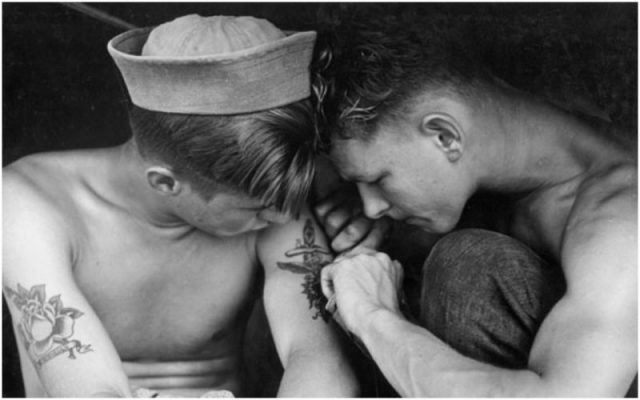
WW2 – sailors aboard USS New Jersey
However, before people seek out an anchor, swallow, or ship tattoo for the sake of a fad, they should know that these images held a special meaning to the maritime men who for centuries would bring these permanent “souvenirs” from the Pacific islands to their homelands.
It was the 18th century when Captain James Cook wrote about the tattoos he observed on indigenous people he met during his voyage to Polynesia. Some members of Cook’s crew went home with newly inked skin from their Pacific-island journey.
While many people might be familiar with nautical tattoo designs, some of the meaning behind the classic images hold surprises.
A Nautical Star: This one was believed to protect a sailor from getting stranded at sea or lost overboard. It was a good-luck charm to ensure they would find their way home.
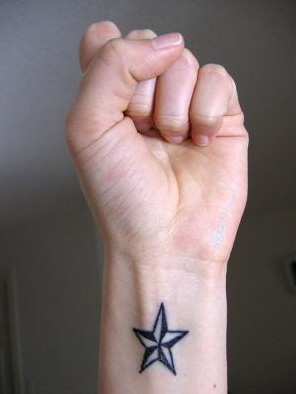
Nautical Star Tattoo. Photo By: Tina CC By 2.0
A Harpoon: It symbolized protection against dangerous sea creatures.
A Fully Rigged Ship: This tattoo meant that a sailor had crossed the waters of Cape Horn, which was considered a sailor’s nightmare and one of the most dangerous voyages to endure.
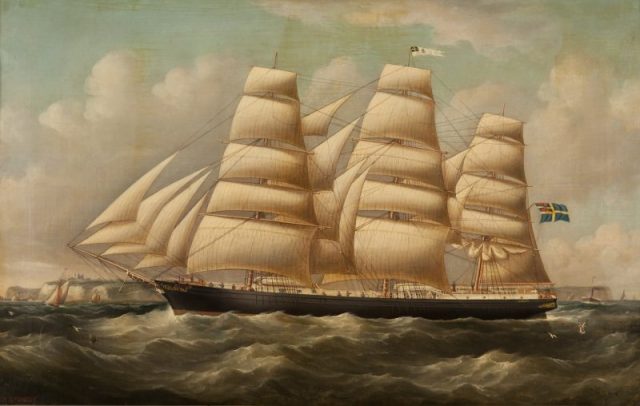
Fully rigged ship sailing near the coastline
Swallows: Each swallow tattoo represents 5,000 nautical miles a sailor has traveled.

A portrait of a young adult woman, head and shoulders with swallow tattoos.
Anchor: It represents a sailor who has successfully traveled across the Atlantic Ocean. It also serves as a reminder for sailors to stay grounded.
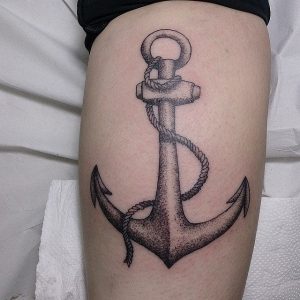
Anchor tattoo. Photo by: Ricardo Almeida CC By 2.0
Shellback Turtle: The image of the creature represents an experienced sailor. A sailor earns the right to get a turtle tattoo once he or she has crossed the equator.
A Rope: It symbolizes a sailor who is a deckhand. Deckhands worked to maintain smooth operations, performing day-to-day duties to keep the ship clean and running.
A Hula Girl: These females symbolize a sailor’s time in Hawaii. This tattoo was trendy during World War II, when many servicemen were stationed there.
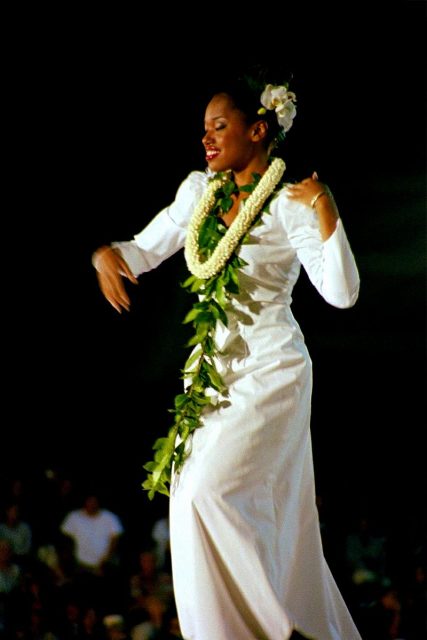
And of course sailors loved the sight of “exotic” Hula Girls. CC BY-SA Thomas Tunsch
Pig and Rooster: During World War II, pigs and roosters were kept in wooden crates on the ships. When shipwrecked, the wooden crates would float–sometimes the animals were the only survivors. The pig and rooster, usually tattooed on the sailor’s feet, were meant to bring good luck.
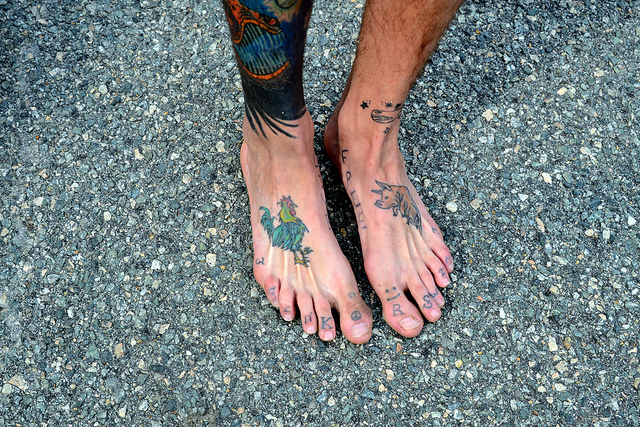
Pig and Rooster tattoo. Photo by Tony Alter CC By 2.0
“Hold Fast”: Usually tattooed across a sailor’s knuckles, it’s meant to bring good luck during stormy weather.
Compass Rose: Similar to the nautical star meaning, a compass rose was to bring good luck to the sailor, symbolizing him returning safely home.
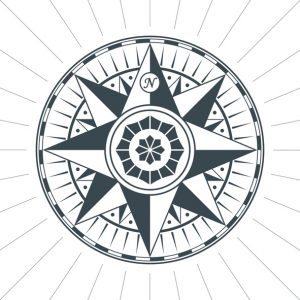
Vintage wind rose nautical compass
Dragons: This tattoo on a sailor means they were stationed in the Far East or spent time in a Chinese port. If they wear a golden dragon, it symbolizes that the sailor has traveled across the International Date Line. The International Date Line is an imaginary line that passes through the mid-Pacific Ocean. It separates two consecutive calendar dates.
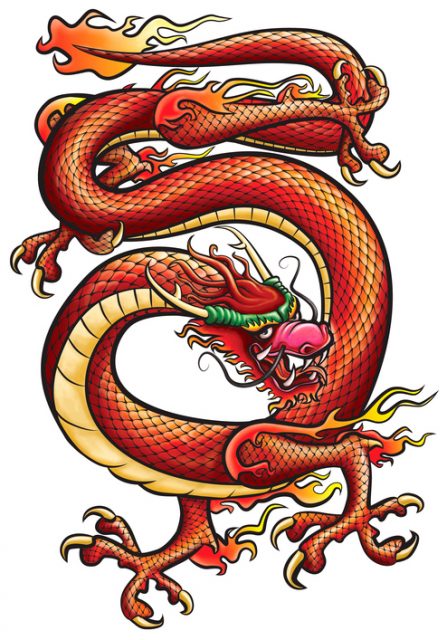
A classic Chinese Dragon
Crossed Cannons: A tattoo of crossed cannons represents military service among sailors.
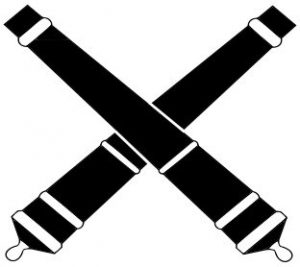
A Crossed Cannons tattoo design traditionally used to indicate military service
Crossed Anchors: This tattoo between the thumb and index finger means a sailor has served as a boatswain. Considered expert seamen, they managed the crew regarding duty and equipment.
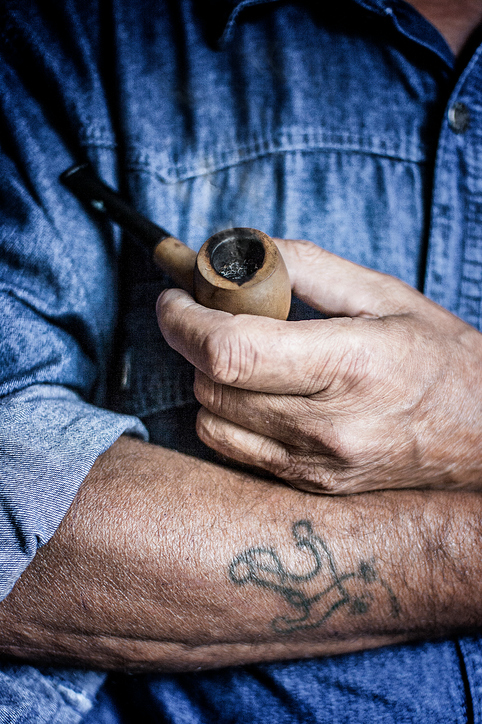
The iconic anchor tattoo – even Popeye had one!
King Neptune: This Roman god of the sea tattoo was given when a sailor crossed the Equator.
Palm Tree: Like a sailor receiving a Hula Girl tattoo, this one represents a sailor in Hawaii. It also has another meaning for the sailors fighting in World War II, who got palm tree tattoos after sailing on Mediterranean cruises.
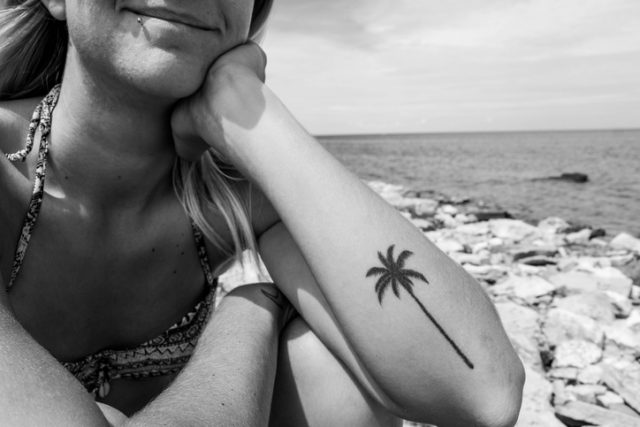
Palm tree tattoo
The popularity of tattoos among seamen increased over time, telling the stories of the waters they traveled. Because the majority of men on the high seas were superstitious, the tattoos were believed to serve as good luck charms, warding off unpredictable challenges and dangers of what might come their way.
In 1909, the navy began to refuse naval applicants who had any obscene tattoos, and the applicants were not considered until their indecent body-art was modified. From that point, a spike in tattoo artists seemed to pop up around cities, offering to cover up previously done work.
Norman Keith Collins, A.K.A. Sailor Jerry, is famous worldwide for his iconic and traditional tattoo art, which began when he enlisted in the navy in 1928. Shortly before he joined, he was trained to use a tattoo machine and began tattooing sailors during their voyages abroad.
After a couple of years practicing his art on fellow naval officers, he settled in Hawaii and opened his first tattoo shop.
